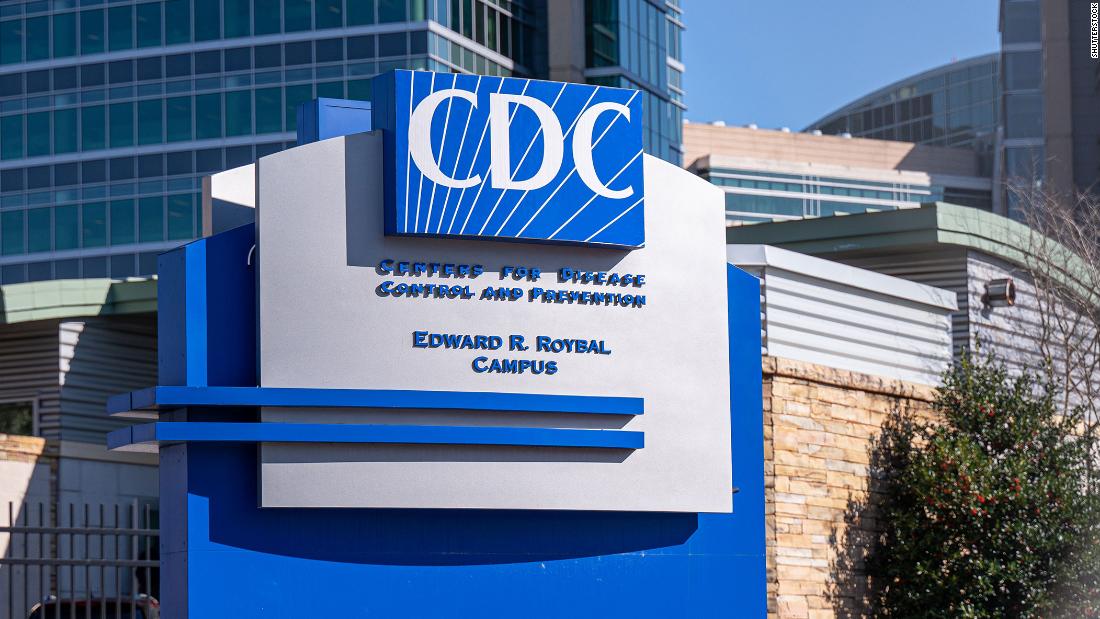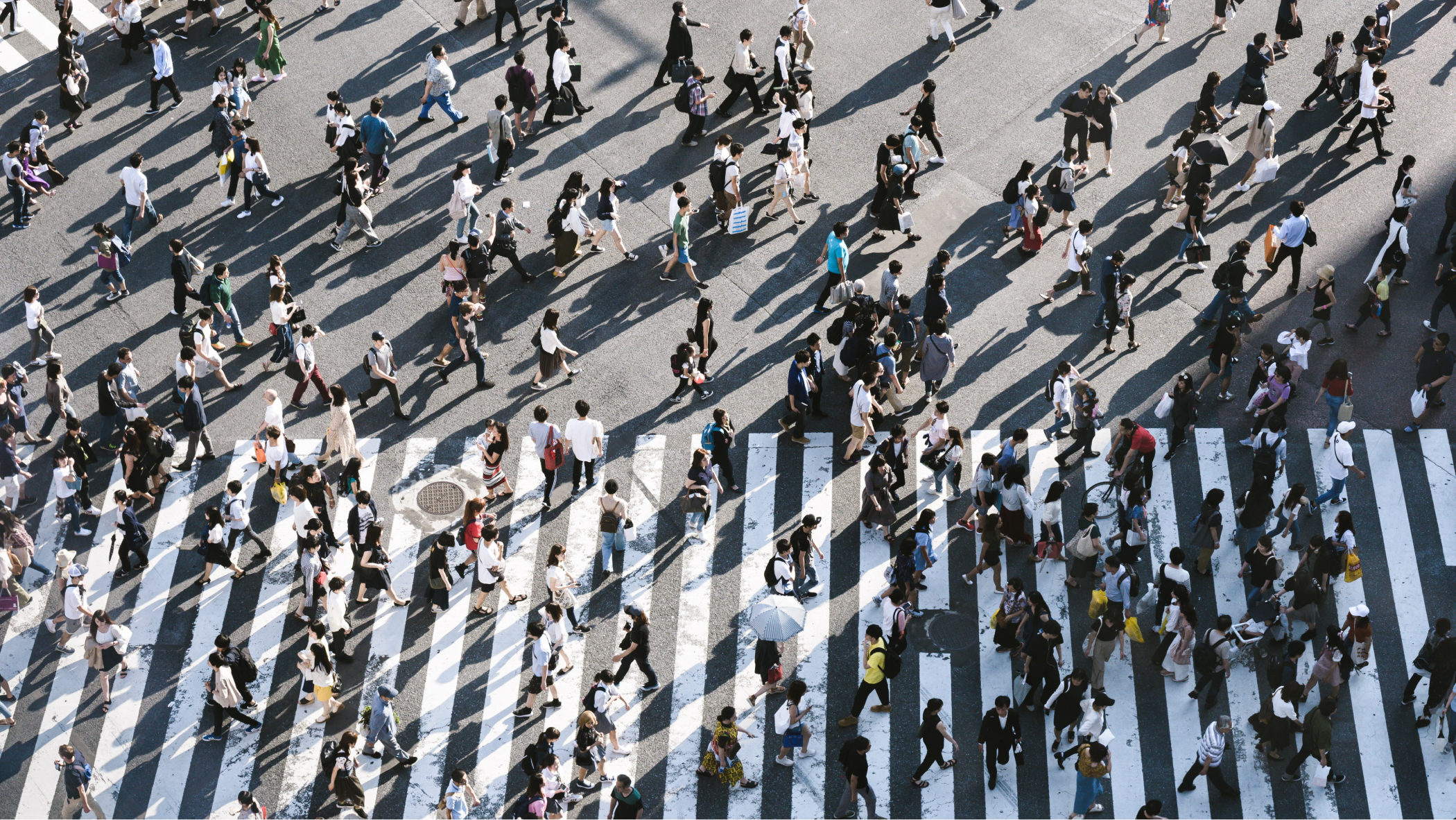Yep, when the information was put on a temporary pause and then flat-out dumped with an excuse of "well, it wasn't very reliable anyway because X" pretty much everyone who was paying attention then asked "Then y u no make reliable by fixing X?" with no reply. It was one of the things the government made a tangible numbers target "We'll test 100k a day by the end of April" without pausing to wonder if there were going to be 100k requests for tests a day - the finish line was passed in a blazing fudge of the figures on the 30th of April. They learned their lesson for 200k by saying they were aiming for capacity but it seems to be something they are now frightened of sharing like it's kryptonite or something. As has been mentioned so many times on this thread, it always seems like the politicisation of the crisis takes precedence over making the bad bad go bye bye. The [CONCERN] is real.
Thanks for sharing your view of the information and your angle on if more people are tested you will find more cases and that there is likely to be bias if you cannot test 100% of the people as it may be no more than chance that you do or do not catch a COVID case. I definitely see your point on the long term trends and very much agree, even in the UK the test methods and metrics have changed too many times over the months to make that reliable, however for short term day-to-day I still don't think the upward trend is invalid for one simple reason:
Those being tested are not a random sample, they are generally symptomatic or are key-workers in places they are more likely to be exposed to the contagion (unless the US has started a rolling screening program of the whole population I have not heared about). To me this means no, the pool of tests is, for the majority of cases, not being taken from a random selection of individuals which includes a certain percent of infected cases, it is being taken from those sick with symptoms of COVID or from those being regularly checked because they are at higher risk of contracting it due to their front-line-services jobs where they are more likely to come in to contact with the infection via those sick or whom are asymptomatic spreaders.
With the above observation I suggest the looking-glass is pointed in a focused direction with these tests rather than it being a random sample where you may or may not pick up an case by chance, and that as such it is more of reflection of what is happening on the ground in the here-and-now than the "Test more find more" viewpoint suggests. By looking where it is likely to find Coronavirus if it is present, those sick with symptoms or those likely to contract it due to their proximity to people, it weighs the scale from pure blind luck in finding a case to something nearer to a reflection of current events.
I would like to thank you again for your patience in helping me to understand your angle, I have found this very enlightening and would not have been able to word the above rational response if it were not for your considered and calm explanations. I would love to hear your thoughts to my above point, I'm sure there is a hole in it somewhere









